Sea otters, a marine mammal that is native to the coasts of the northern Pacific Ocean, are much more than just adorable… they are aiding the Earth!
Scientists have recently discovered the link between sea otters, ocean ecosystems, and our planet.
A Symbiotic Sea Relationship
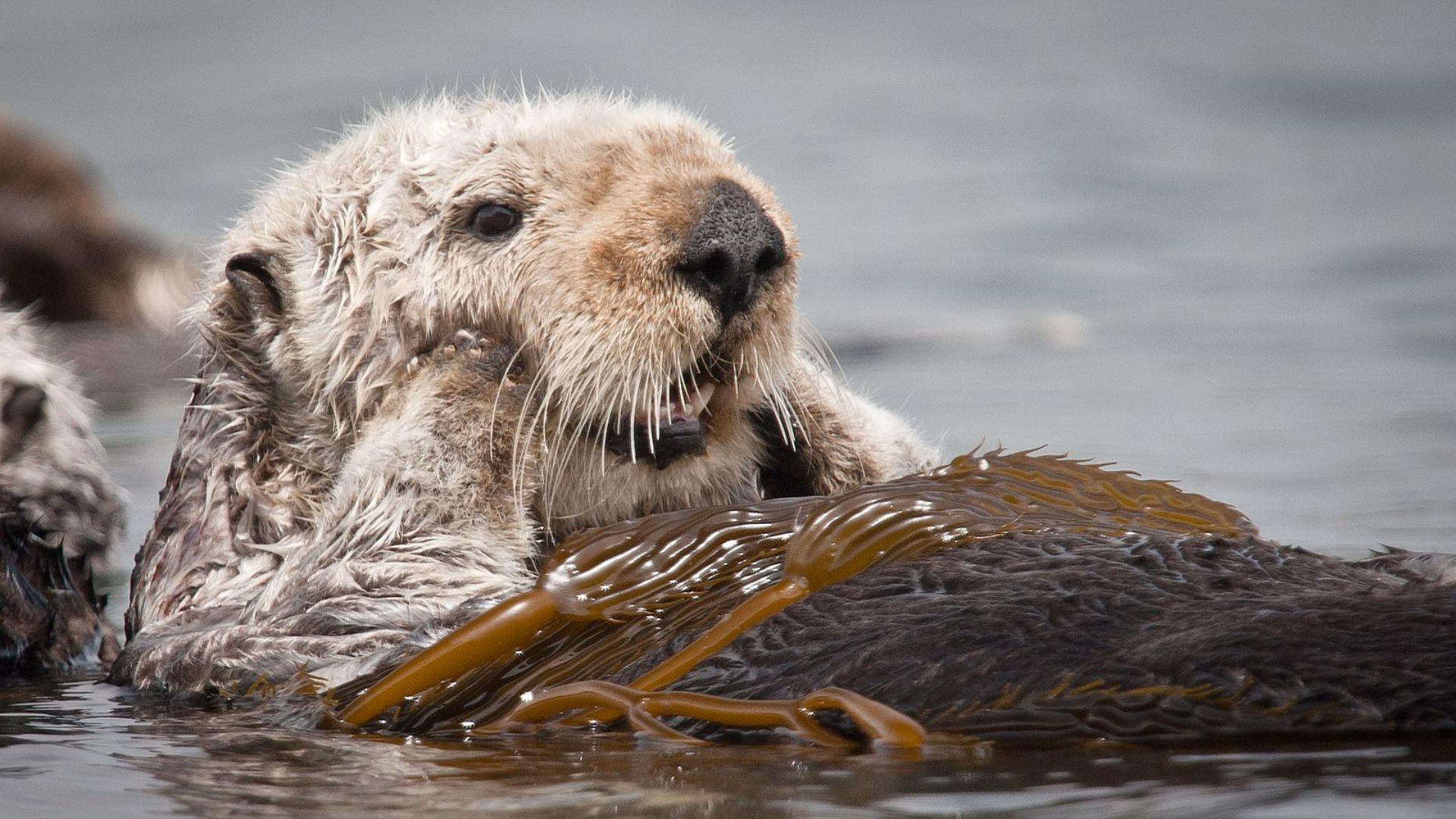
After studying a century of ocean maps, scientists have made an exciting discovery: where sea otters live, kelp forests thrive!
The research was published in the journal PLOS Climate. The scientists discovered that even with environmental threats, dense otter populations help kelp forests to grow.
Why are Kelp Forests Important?

Kelp forests are critical underwater habitats. They are where many fish and other marine animals (many of which are part of our food supply) live.
Additionally, they create a buffer for rough seas—often caused by storms—and the seaweed helps to reduce soil erosion on land.
Kelp and Carbon Dioxide

There is an overabundance of carbon dioxide in Earth’s atmosphere due to human activity. Greenhouse gasses in the atmosphere, like CO2, cause climate change. Luckily, during the process of photosynthesis, kelp takes in CO2.
Kelp provides important biodiversity in our oceans and also functions as a prominent source for carbon storage. Kelp is a very important part of not only ocean ecosystems, but of our continued survival on Earth!
Hungry Otters Help Kelp
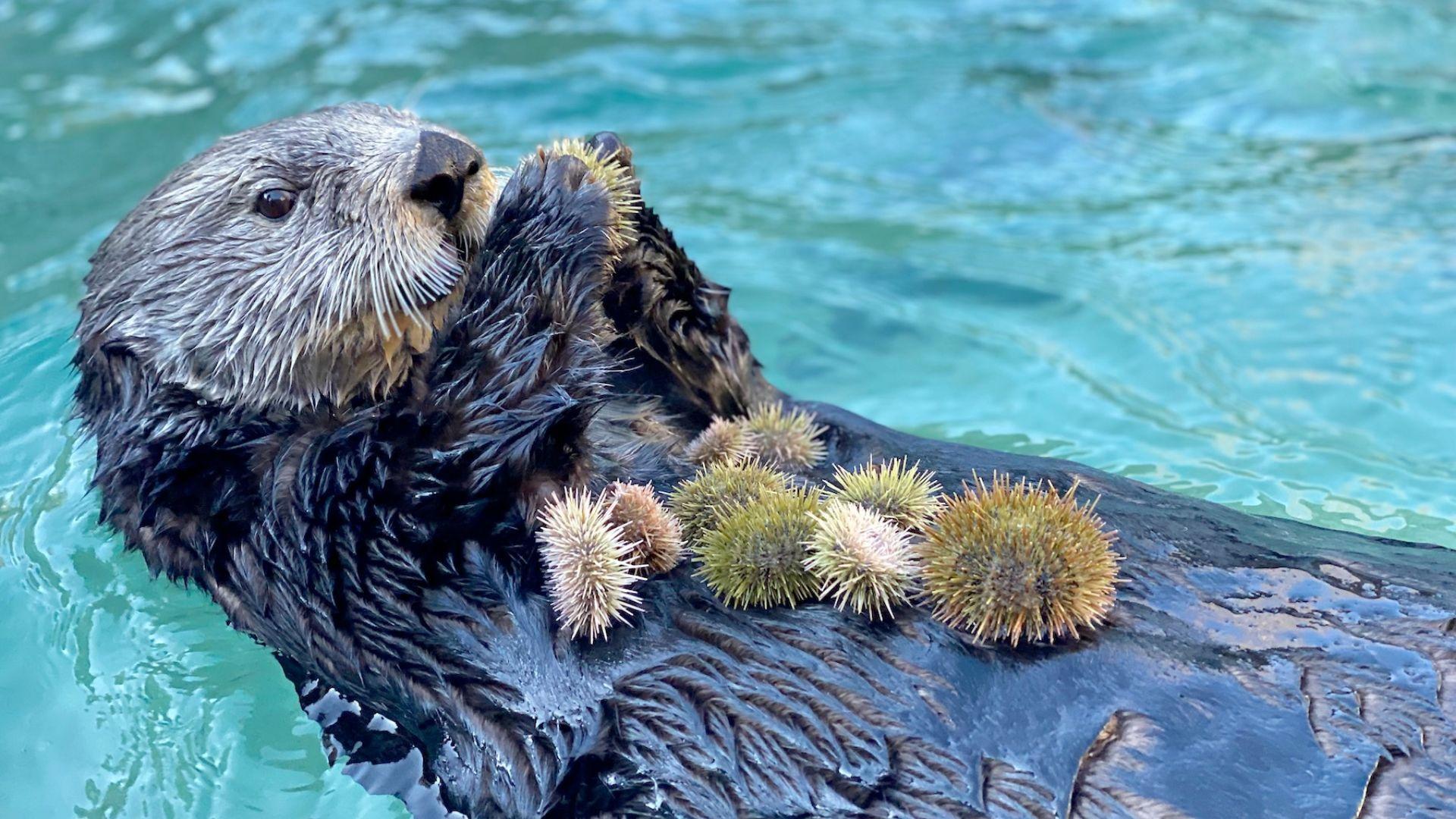
Sea otters eat a lot for their size! They have a fast metabolism, so they eat about a quarter of their weight in food every day.
Otters love to eat sea urchins, which in turn eat kelp. Sea urchins can destroy kelp forests, but otters help to control the sea urchin population, therefore helping the kelp.
Studying Kelp Maps
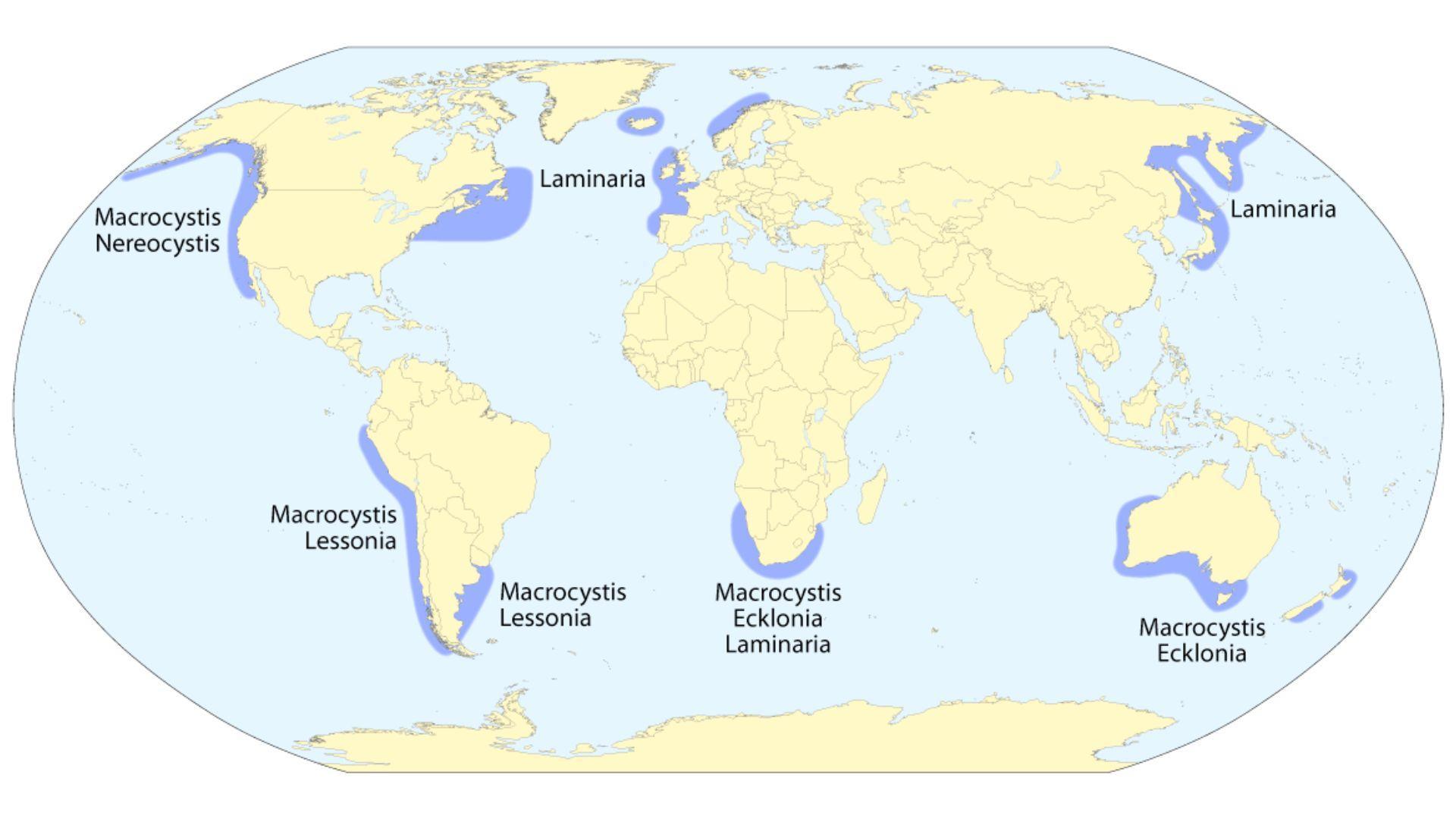
The researchers looked at California coast kelp maps spanning a hundred years. The Northern Cali coast saw a 63% kelp decrease and the Southern Cali coast experienced a 52% decrease.
Surprisingly, the Central California coast had a 58% increase. The scientists determined that the sea otter population was the main cause for the thriving kelp.
Sea Otters and Humans
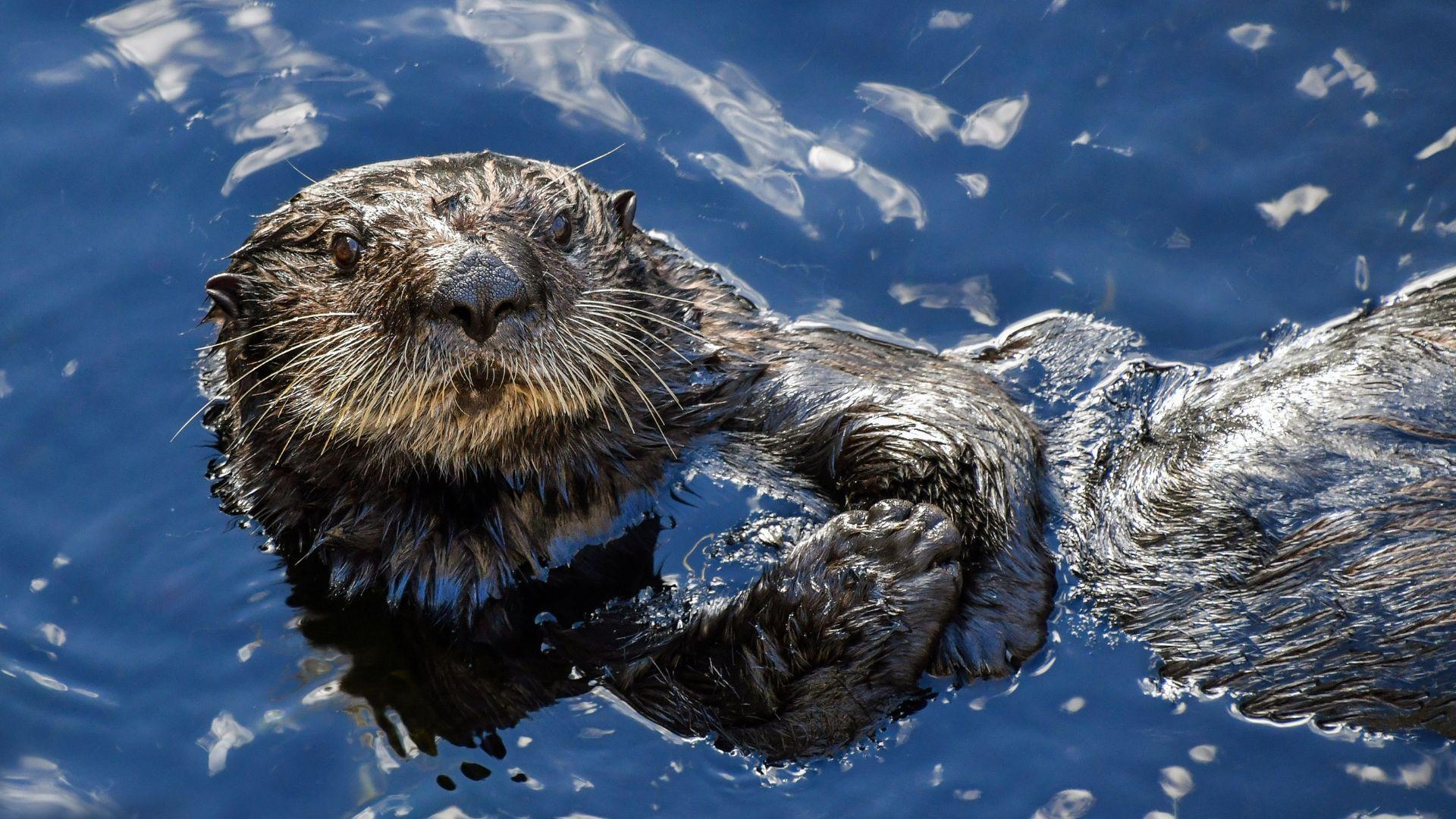
A large portion of the population finds sea otters very cute. In fact, they impact California tourism and recreation enough to create money and jobs for people.
However, we now know that sea otters help these underwater kelp forests prosper, and consequently, that helps us, too. Because of sea otter impact on kelp, they actually help humans by lessening the impact of extreme weather events on our coasts and by securing a seafood source for us.
Increasing the Otter Population
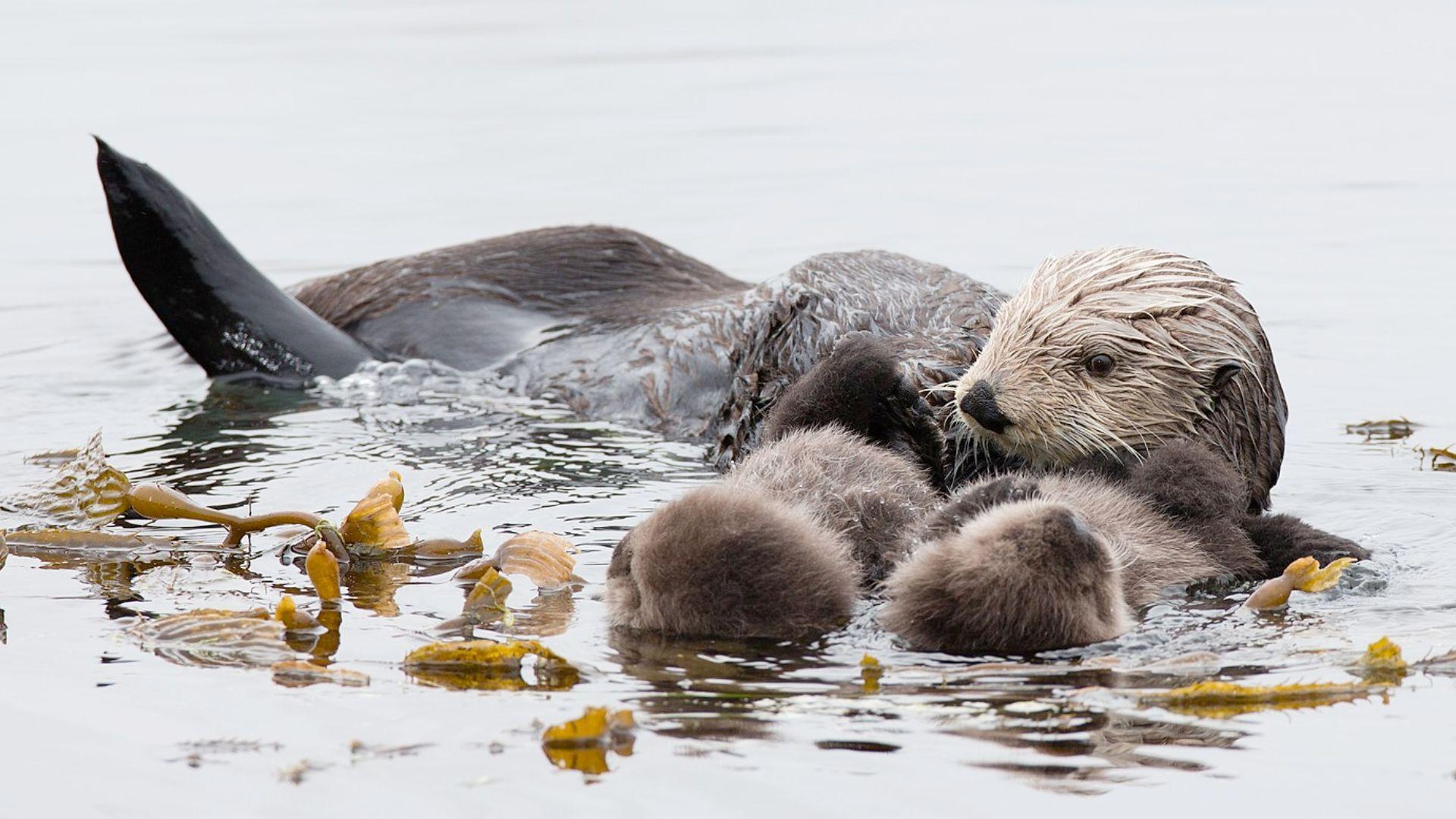
Unfortunately, sea otters are an endangered species. Due to the previous international fur trade, otters were hunted almost to extinction—except for a small population that survived along the Central California coast.
If the sea otter population could be increased, we would have a natural way to conserve the ocean’s kelp. Scientists are working to increase and stabilize the sea otter population.
Conservation and Sustainability
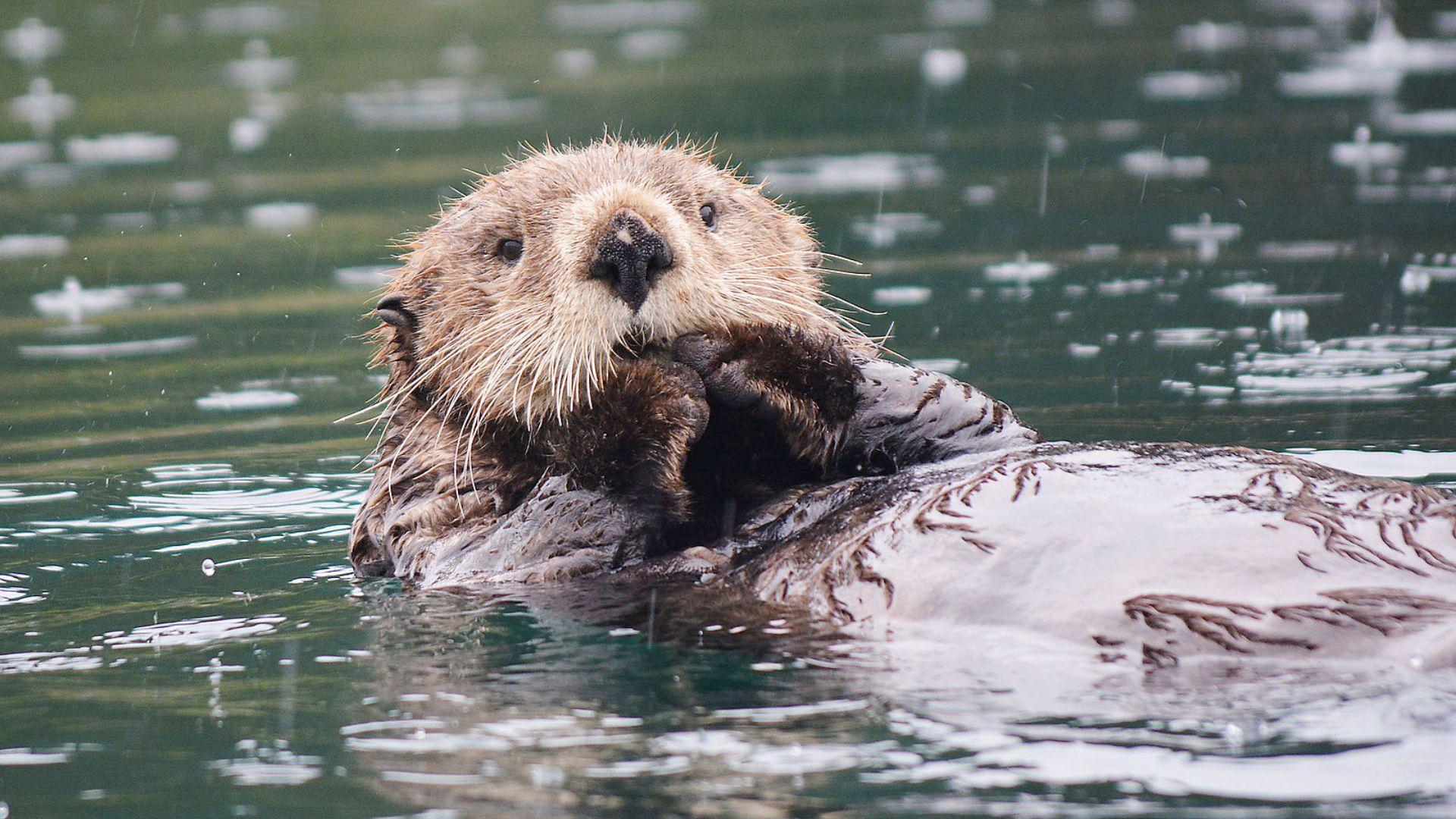
The California kelp and otter data could provide valuable information for future sustainability work in our oceans. Additionally, by trying to help an endangered species—like sea otters—recover, we could restore ecosystems and help them to thrive. Conservation and sustainability efforts can help to curb the impacts of climate change.
Kyle Van Houtan, the lead researcher on the study, explains that otters are not the only creatures that can positively affect kelp forests. Humans can assist, too, “and that can have an impact which cascades through the ecosystem.”
Sea Otters: Adorable and Important
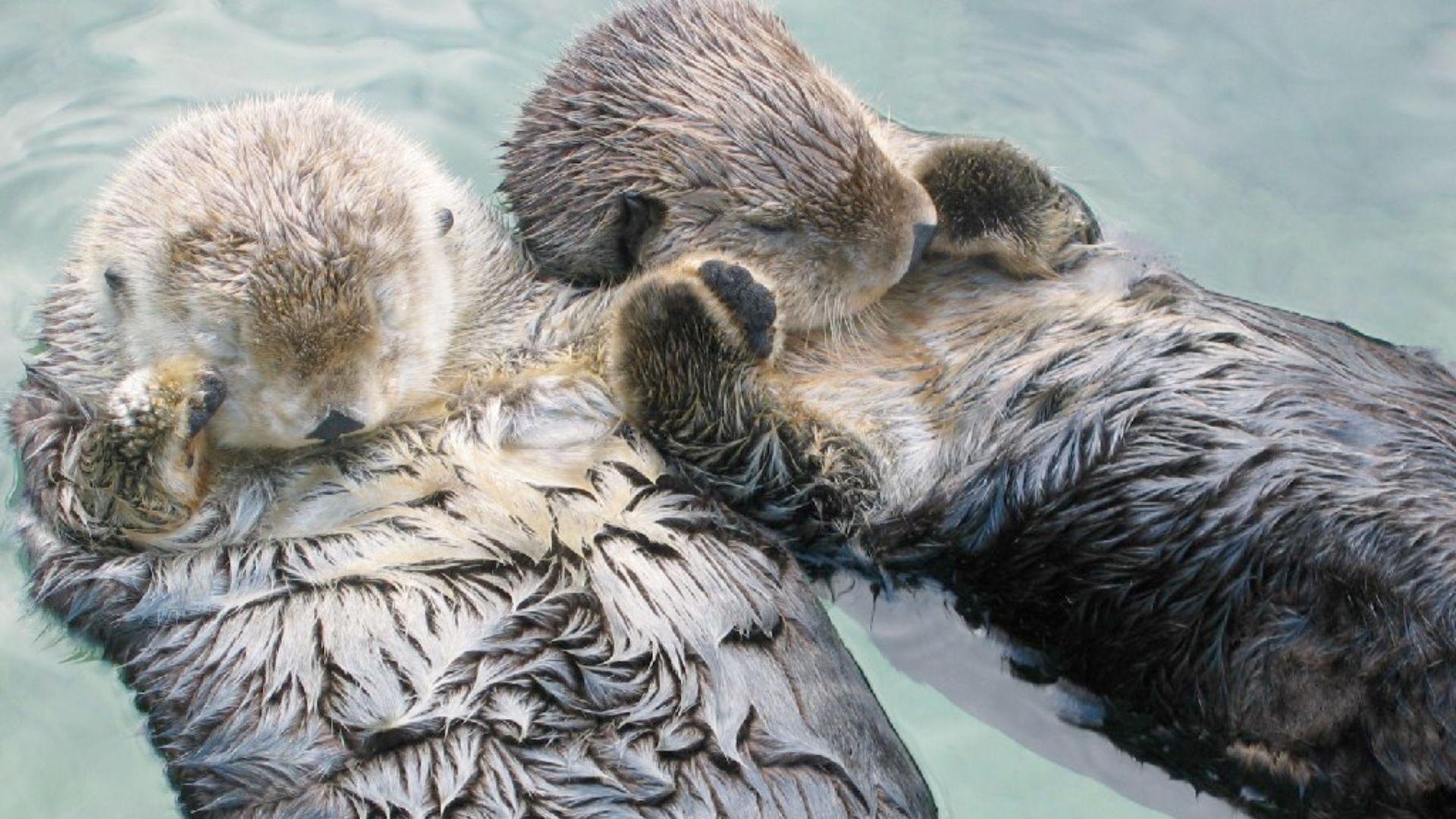
Scientists now know that sea otters positively and considerably impact the kelp population. The kelp population impacts both the larger ocean ecosystem and even human existence.
These adorable marine animals are more than just cute: they immeasurably help our planet!

